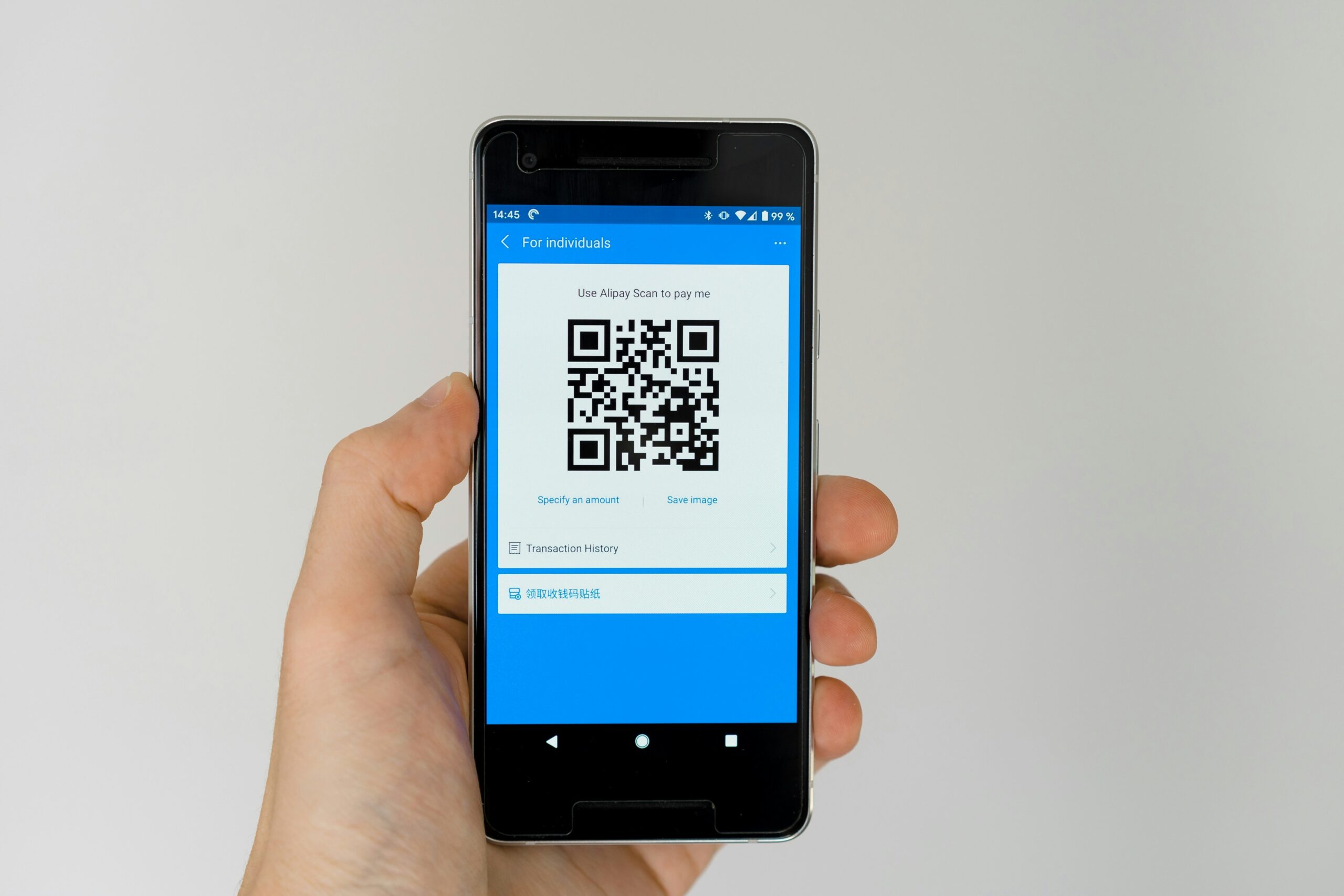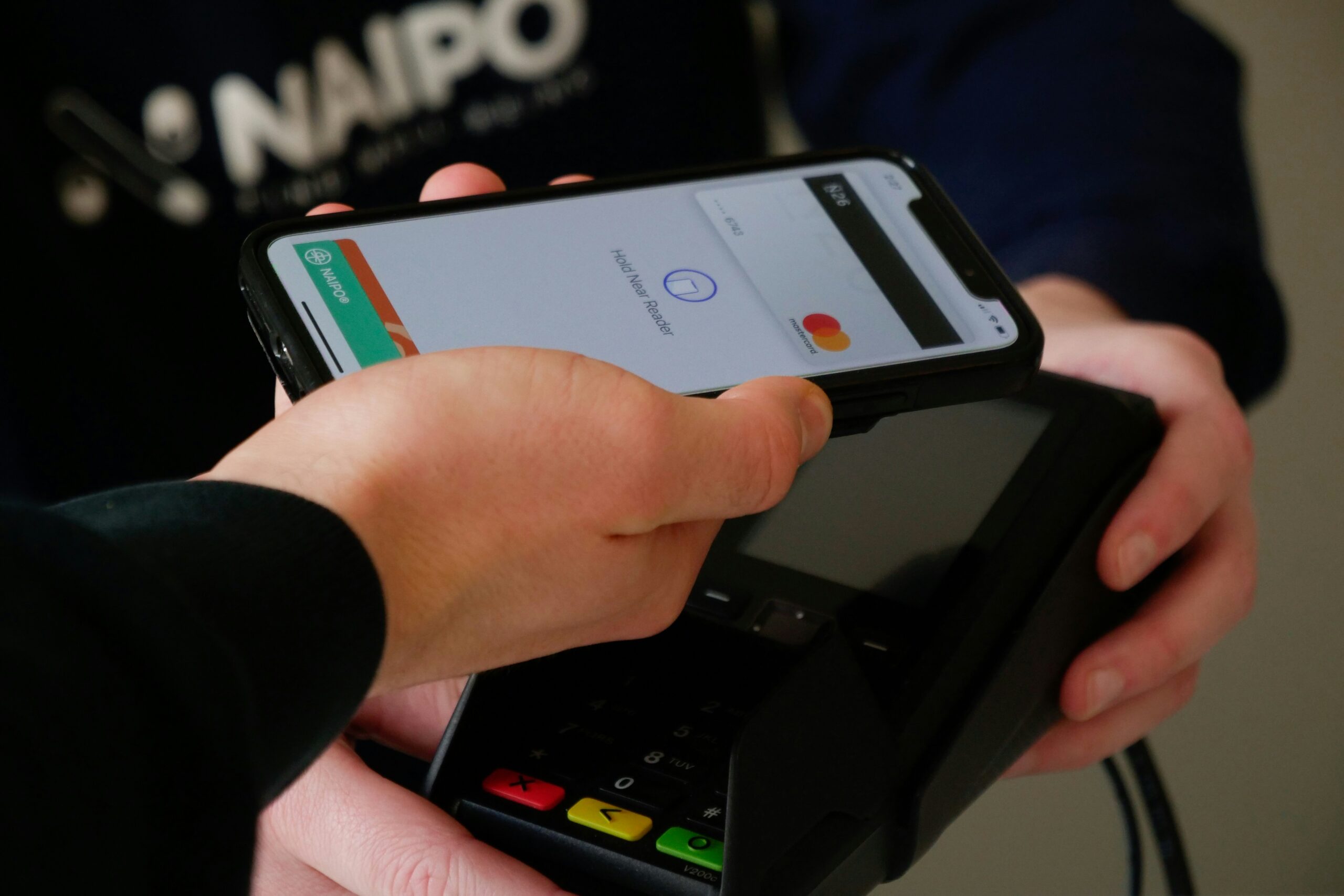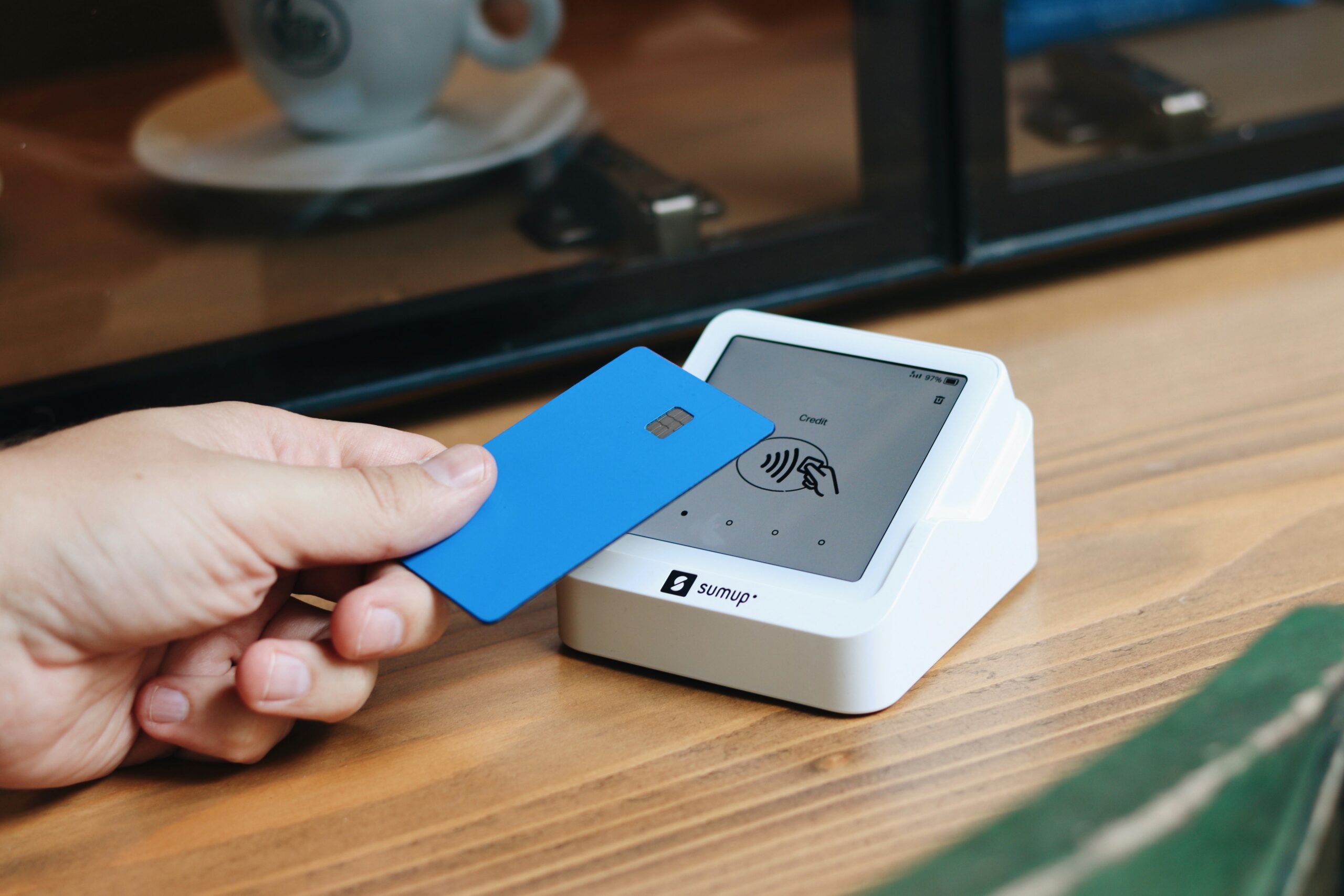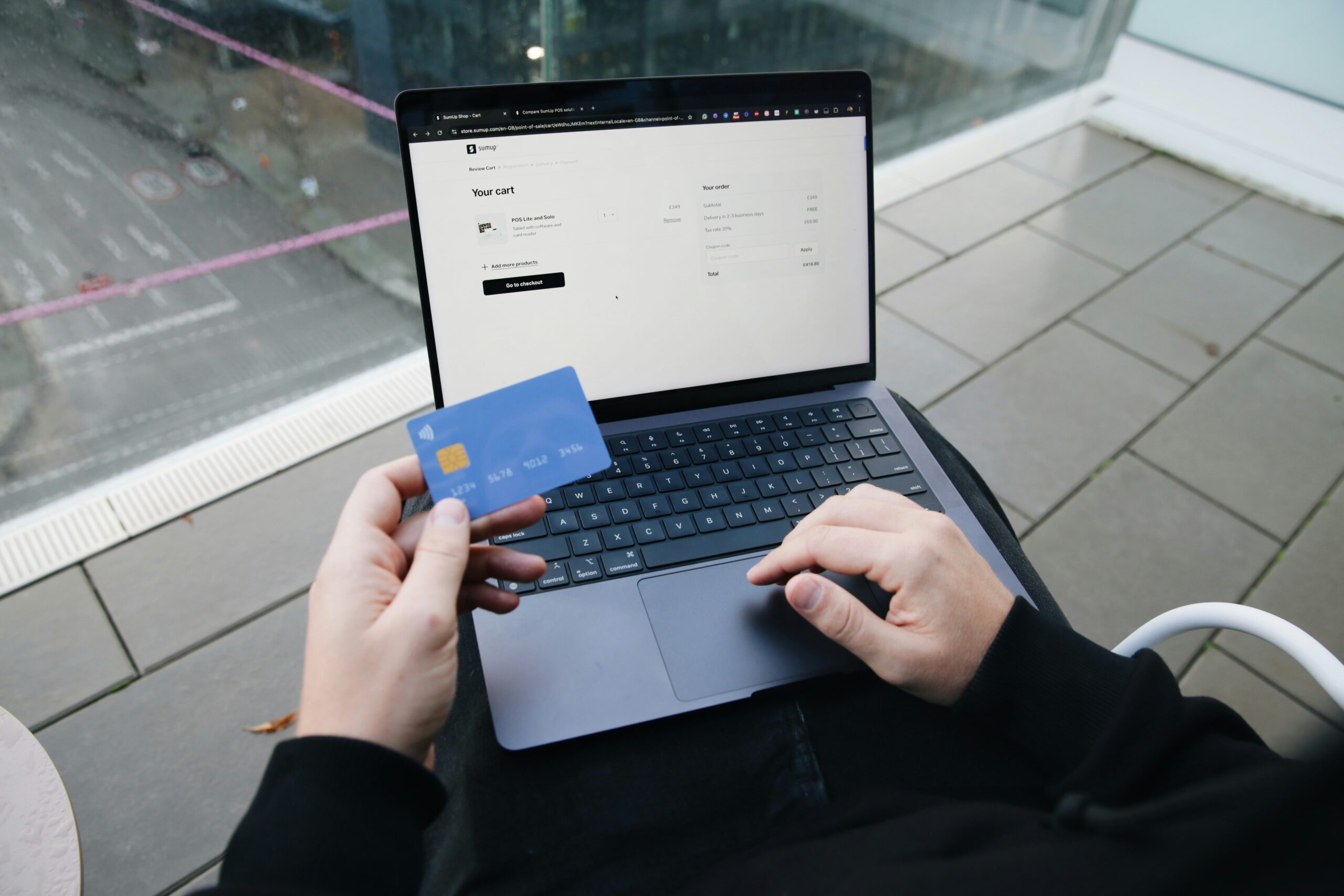Businesses now want safe and dependable methods to handle payments from clients all around the world. One such tool that assists companies in accepting payments in a variety of currencies and formats is Paymentwall. Paymentwall provides solutions to facilitate international transactions, regardless of whether you manage a mobile app, membership service, or e-commerce site.

What Paymentwall is, how to set it up, and how to make the most of its capabilities are all covered in this article.
Overview of Paymentwall
An electronic payment platform called Paymentwall enables companies to take payments from clients worldwide. It accepts several payment options, including:
- Credit and debit cards
- Bank transfers
- Digital wallets (like PayPal and Apple Pay)
- Mobile payments
- Prepaid cards
The main benefit of Paymentwall is that it can handle transactions in more than 150 currencies, which makes it perfect for companies that have clients from around the world.
Reasons to use Paymentwall
Paymentwall is a fantastic option for businesses for the following reasons:
- Global reach
It supports over 200 payment methods in 200+ countries and regions.
- Secure transactions
Paymentwall protects consumer data with fraud detection technologies and encryption.
- Customizable
Companies may create checkout pages that are consistent with their brand.
- Subscription management
Ideal for companies that provide ongoing services or subscriptions.
- User-friendly dashboard
Organise reports, customers, and transactions in one location.
Setting up Paymentwall
There are the following steps involved in the procedure:
Step 1: Create an account
Visit the Paymentwall website and sign up for an account. You’ll need to provide:
- Your business name
- Contact information
- Bank account details (for receiving payments)
Once your account is created, Paymentwall will verify your business. This process may take a few days.
Step 2: Integrate Paymentwall with your website or app
Paymentwall offers various tools for integration. You can:
- Use API integration if you have a custom-built website or app.
- Install a plugin for popular platforms like Shopify, WordPress, or Magento.
Detailed integration guides are available on Paymentwall’s website.
Step 3: Set up payment methods
Select the payment methods you wish to accept by logging into your Paymentwall account. For instance, depending on where your clients are, you can allow local payment options, credit cards, or mobile payments.
Step 4: Test the payment system
Make sure everything functions correctly by running a few experiments before going live. For this, Paymentwall offers a sandbox mode.
Key features of paymentwall
The Paymentwall has the following important features.
- Multiple payment methods
Paymentwall supports various payment options, including:
- Major credit and debit cards (Visa, Mastercard, etc.)
- Alternative payment methods like Alipay, Paysafecard, and Sofort
- Local payment systems tailored to specific regions
This variety ensures your customers can pay in a way that’s convenient for them.
- Global payments
Paymentwall is an excellent tool if you sell overseas. It supports several languages and immediately translates payments into the local currency of the consumer.
- Subscription management
Subscription-only businesses may easily handle periodic payments using Paymentwall. Automatic billing may be set up, and clients can be given the choice to update or cancel their memberships.
- Fraud prevention
Transactions are safe when Paymentwall is used. It gives you and your clients peace of mind by detecting and preventing fraud using sophisticated technologies.
- Reporting and analytics
The dashboard of Paymentwall offers comprehensive reports on your income, transactions, and client information. Make data-driven decisions and monitor your success with this information.
Using Paymentwall: Step-by-step
To utilize Paymentwall for routine company activities, follow these steps:
Monitor transactions
Log in to your Paymentwall dashboard to view all transactions. You’ll see details like payment method, amount, and customer information.
Manage refunds
You may handle a customer’s refund request straight from the dashboard. The transaction status will be automatically updated by Paymentwall’s system.
Handle subscriptions
For subscription-based services, Paymentwall lets you:
- Set up recurring payments
- Notify customers about upcoming changes
- Cancel or modify subscriptions upon request
View reports
Use the reporting tools to check sales performance, monitor payment trends, and identify potential issues like chargebacks or declined transactions.
Customize checkout pages
Paymentwall allows you to design checkout pages that align with your brand. You can add your logo, choose colors, and provide a localized experience for customers in different countries.
Tips for optimizing Paymentwall
Tips to optimize the Paymentwall are following:
Enable local payment methods
Customers are more likely to complete purchases if they can use familiar payment methods. Enable local options for each region you serve.
Keep your website secure
Use SSL certificates and regularly update your software to ensure smooth integration with Paymentwall.
Test regularly
Periodically run test transactions to ensure your payment system is functioning correctly.
Monitor disputes
Quickly address chargebacks or disputes to maintain a good relationship with your customers and Paymentwall.
Conclusion
A robust online payment solution, Paymentwall makes international company transactions easier. It is a useful tool for businesses trying to expand their clientele because of its ease of integration, safe processing, and support for several payment options.
You can successfully set up and utilize Paymentwall to measure income, process payments, and provide your customers with a smooth checkout experience by following this instruction.
You can also find these articles helpful
The transaction cost of Stellar
Advantages and disadvantages of Theta network
The transaction cost of Algorand









